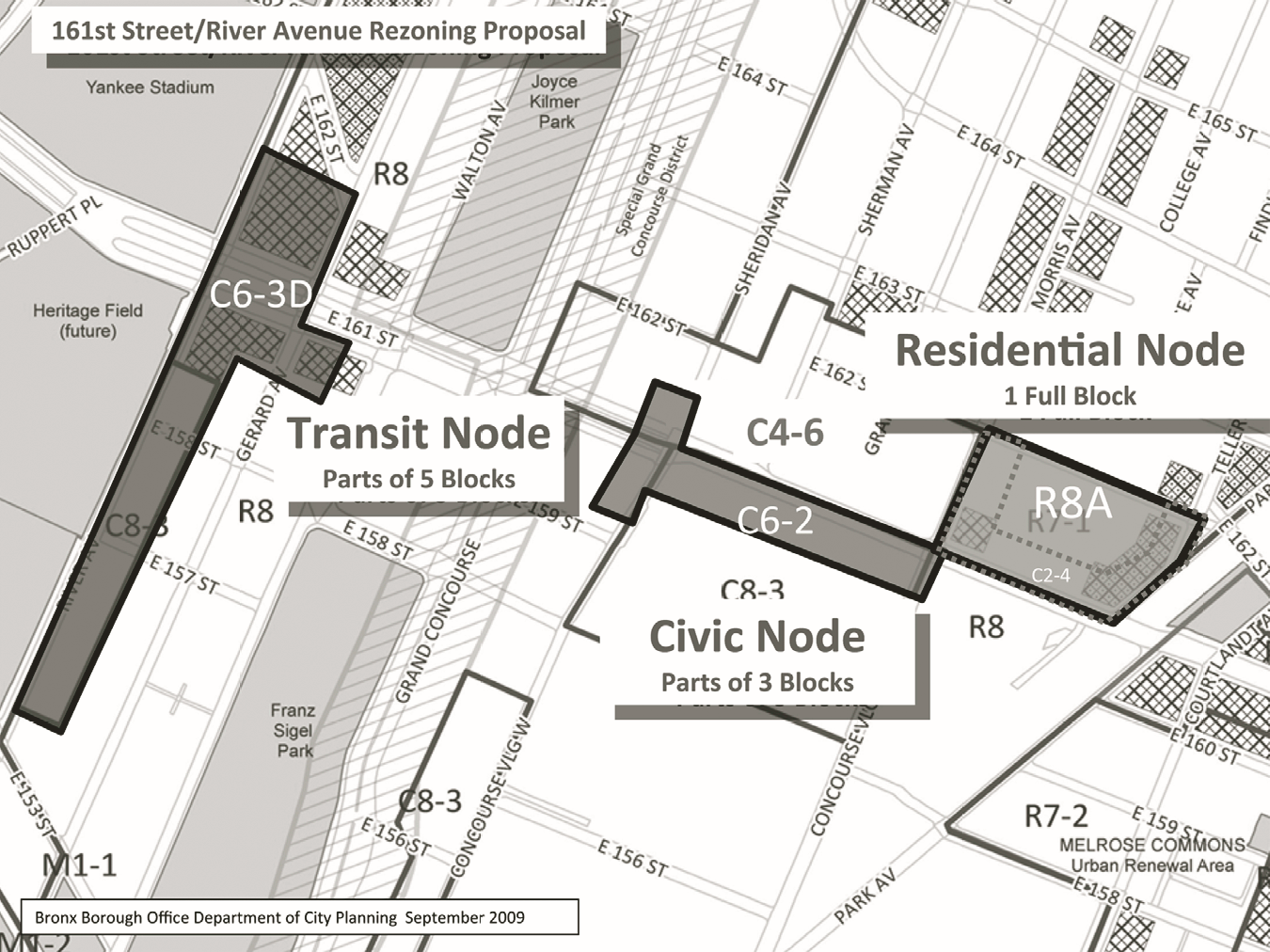Residents and community groups unsuccessfully challenged the City’s 111-block rezoning. In May 2008, the Department of City Planning proposed a 111-block rezoning in the East Village and Lower East Side neighborhoods of Manhattan. The rezoning sought to preserve the area’s low- and mid-rise character by applying contextual zoning districts establishing maximum building heights and channeling new construction to areas suitable for development. The proposal included applying the City’s Inclusionary Housing Program provisions to certain zoning … <Read More>
Search Results for: Housing Justice
Wilhelm Ronda on the Bronx Borough President’s Office
Wilhelm Ronda applies a “small-town” approach to his duties as the Director of Planning for Bronx Borough President Ruben Diaz Jr. Whether it’s identifying parcels of land for new schools, or taking steps to protect the architectural integrity of a neighborhood building, Ronda understands that these issues can profoundly affect the borough’s residents. For this reason, Ronda encourages his staff to treat each issue with the same “tender love and care” that a small town’s … <Read More>
Yankee Stadium area rezoning approved
Approved plan rezones 161st Street and River Avenue corridor and establishes new C6-3D commercial zoning district. On September 30, 2009, the City Council approved the Department of City Planning’s proposal to rezone areas along 161st Street and River Avenue in southwest Bronx. The rezoning impacts portions of eight blocks in three separate areas within the heart of the borough’s civic center, described as the Residential, Civic, and Transit Nodes. The … <Read More>
Court upholds City’s approval of Columbia’s plan
Mini-storage owners unsuccessfully challenged FEIS. Columbia University proposed an expansion plan that would allow it to construct a new 17- acre campus in the Manhattanville neighborhood of West Harlem. The plan would create academic building space, university housing, as well as a contiguous below-grade facility, or “bathtub,” to support campus functions. After the City Planning Commission determined that Columbia’s plan might have a significant impact on the environment, Columbia prepared a final environmental impact statement … <Read More>
City and Suburban’s landmarking upheld
Physical alterations ruled irrelevant when assessing historical and cultural significance of two light-court tenements. Between 1898 and 1915, the City and Suburban Homes Company First Avenue Estate was built in Manhattan’s Upper East Side neighborhood. It consists of 15 light-court tenements, which are residential buildings configured to maximize light and air, in contrast to the tenements of the period. In April 1990, Landmarks voted to designate the Estate as a landmark site, encompassing the entire … <Read More>
St. John the Divine project withstands EIS lawsuit
Court dismissed action because new environmental review would not restore scenic views. The Cathedral Church of St. John the Divine leased part of its 11-acre campus to a developer, who built an 18-story residential building on West 110th Street at the corner of Cathedral Parkway and Morningside Drive. When local residents opposed the project, the developer agreed to make an honest effort to ensure that the building would qualify as an “80/20 building” under which … <Read More>


